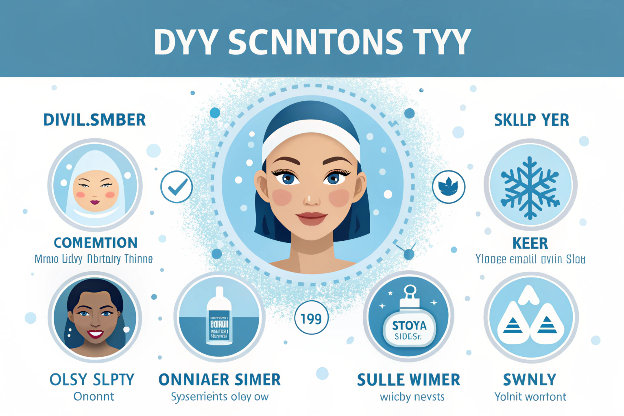Introduction.
Nanotechnology has arrived. In the past decades, healthcare has seen some remarkable breakthroughs in terms of technologies used to diagnose and treat diseases. From the advent of 3D printing to the use of robotics in surgery, the healthcare industry has managed to make significant progress.

However, there is still much room for improvement, and one of the most promising technologies for revolutionizing healthcare is nanotechnology. Microtechnology is the use of very tiny structures, typically on the scale of nanometers, to create objects and systems.
This technology has the potential to revolutionize healthcare in many ways, from diagnostics to healthcare. In this article, we will explore the use of nanotechnology in healthcare and discuss the various ways in which it can benefit the healthcare industry.
What Is Nanotechnology?
This technology is a type of science and engineering that deals with minuscule structures and devices. It is based on the idea of manipulating matter at the nanometer scale, which is one billionth of a meter. This allows for the creation of materials with unique properties, such as increased strength, flexibility, and conductivity.
In addition, this type of technology has been used in a variety of industries, including healthcare. In healthcare, nanotechnology can be used for diagnostics, treatments, drug delivery, and more.
Benefits of Nanotechnology in Healthcare
This technology offers a number of potential benefits for healthcare. Some of the most notable include:
1: Improved Diagnostics using Nanotechnology.
One of the most, significant benefits of nanotechnology in healthcare is improved diagnostics. Nano-sized particles can be used to detect disease markers and diagnose diseases more quickly and accurately than traditional methods. For example, this latest technology has been used to create nanobots that can detect cancer cells in the body.
2: More Targeted Treatments.
Nanotechnology can also be used to create more targeted treatments for diseases. For example, nanobots can be used to deliver drugs directly to affected areas, which can improve the effectiveness of treatments.
3-Nano technology for faster drug delivery.
Nanotechnology can also be used to improve drug delivery. Nanoparticles can be used to transport drugs to target areas more quickly and efficiently than traditional methods.
This could help reduce the time it takes for drugs to take effect and improve treatment outcomes.
4: Reduced Side Effects
Nanotechnology can also help reduce the side effects of drugs. By delivering drugs directly to the affected area, the risk of side effects is reduced. This could help improve treatment outcomes and reduce the risk of complications.
Examples of Nanotechnology in Healthcare.
Nanotechnology is being used in a variety of ways to improve healthcare. Some of the most notable examples include:
Nanoparticles for Drug Delivery
Nanoparticles are being used to deliver drugs directly to affected areas. For example, nanobots can be used to deliver cancer drugs directly to tumor sites, which can reduce the risk of side effects and improve treatment outcomes.
Nanobots for Diagnostics.
Nanobots are being used to detect disease markers more quickly and accurately than traditional methods. For example, nanobots can be used to detect cancer cells in the body, which can lead to earlier diagnosis and improved treatment outcomes.
Nanoparticles for Imaging
Nanoparticles can also be used to improve imaging techniques. For example, nanobots can be used to create 3D images of organs and other tissues, which can help doctors diagnose diseases more quickly and accurately.
Nanotechnology revolutionizes healthcare.
Nanotechnology has the potential to revolutionize healthcare in many ways. From improved diagnostics to more targeted treatments, nanotechnology can help improve the quality of healthcare. Of course, there are still many challenges that need to be addressed before nanotechnology can be used in healthcare.
For example, more research needs to be done to understand the safety and effectiveness of nanobots and other microtechnology-based treatments. However, as technology continues to advance, nanotechnology has the potential to make a significant impact on healthcare. It could lead to a faster and more accurate diagnosis, more targeted treatments, and fewer side effects.
Conclusion
In summary, we are on the brink of a healthcare revolution, and nanotechnology is at the forefront of this transformative journey. The ability to manipulate and engineer materials at the nanoscale offers unparalleled opportunities to enhance healthcare outcomes, improve diagnostic and treatment precision, and provide personalized medical interventions. As researchers delve deeper into the possibilities of this type of technology, we stand at the precipice of a new era in healthcare—a future characterized by unmatched speed, precision, and effectiveness, with the ultimate goal of creating a healthier and more prosperous world for all.





